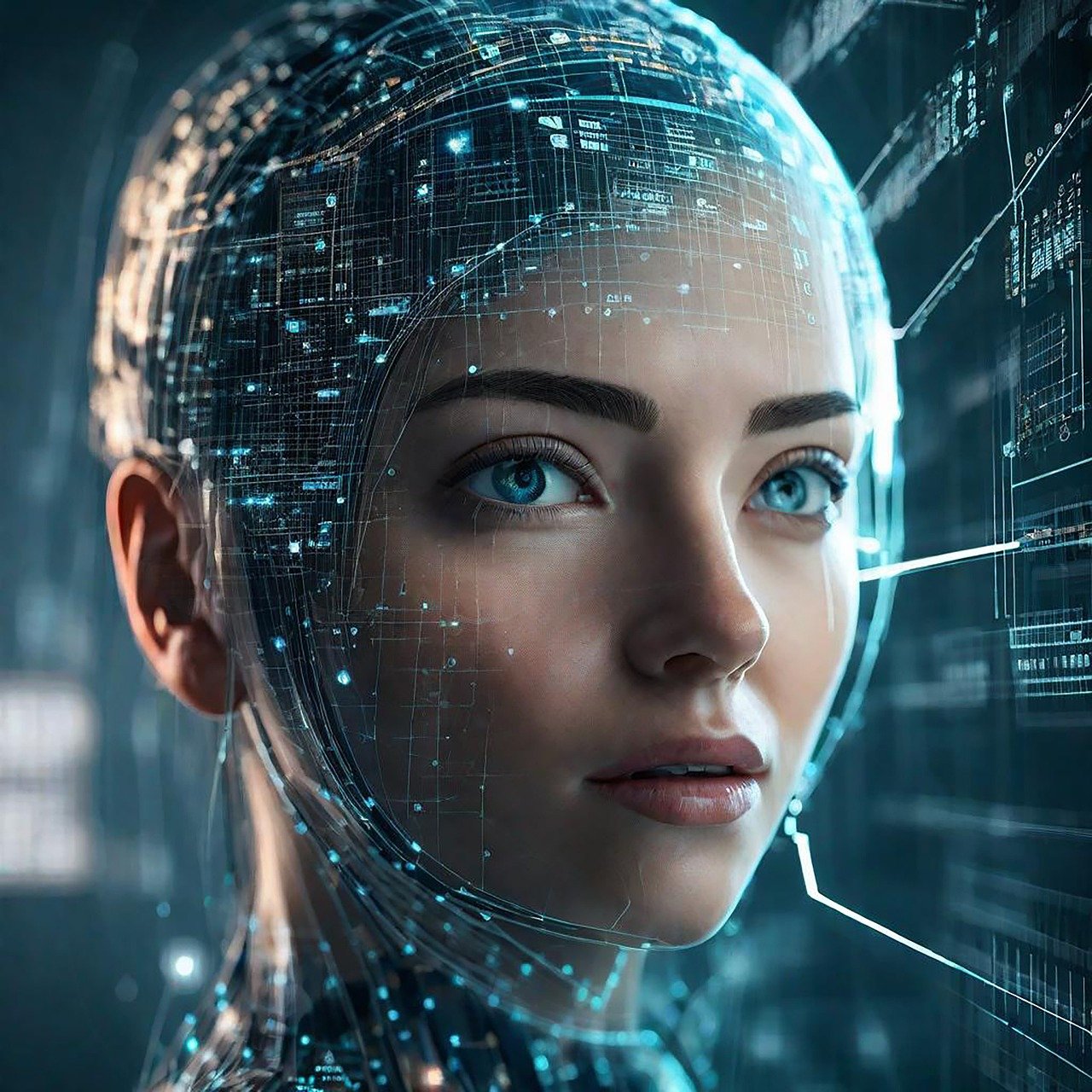Assistive Technology (AT) and Artificial Intelligence (AI) are increasingly merging to create innovative solutions that improve the quality of life for individuals with disabilities. AI enhances traditional assistive technologies, making them smarter, more intuitive, and highly personalized. Here’s an overview of how AI is transforming assistive technology:
Key Areas Where AI is Enhancing Assistive Technology
1. AI-Powered Hearing Aids
- Noise Reduction and Speech Enhancement: AI helps hearing aids differentiate between background noise and speech, allowing users to focus on conversations in noisy environments. It can learn user preferences, adapting to different environments (e.g., quiet office vs. crowded restaurant).
- Custom Sound Profiles: AI can create individualized hearing profiles that adjust automatically based on a user’s hearing abilities and situational needs.
2. Smart Glasses for the Visually Impaired
- Object Recognition: AI-powered smart glasses can identify and describe objects in real-time using image recognition. This allows visually impaired individuals to navigate more independently.
- Text-to-Speech Integration: These devices can read printed text aloud by converting visual information into speech, allowing users to access written content easily.
3. Speech Recognition and AAC Devices
- Augmentative and Alternative Communication (AAC) devices powered by AI help individuals with speech impairments communicate more efficiently. AI enhances predictive text features and voice recognition, enabling smoother and faster conversations.
- Real-Time Language Translation: AI-powered communication devices can translate spoken language into text or sign language, helping individuals with hearing impairments engage with people in real-time.
4. AI for Mobility Assistance
- AI-Enabled Prosthetics: AI-powered prosthetic limbs learn from the user’s movement patterns and can adapt to different terrains and physical activities, providing a more natural and responsive experience.
- Self-Navigating Wheelchairs: AI can integrate with smart wheelchairs to provide autonomous navigation, helping users move through crowded or unfamiliar environments without manual control.
5. AI for Cognitive Assistance
- Memory and Cognitive Aids: AI-powered apps and devices can assist individuals with memory impairments by providing reminders, task management, and alerts for important activities (e.g., taking medication).
- Virtual Assistants: AI-driven voice assistants like Amazon Alexa and Google Assistant offer hands-free control over devices, reminders, and information searches for people with cognitive or physical limitations.
6. AI and Vision Assistance
- Computer Vision: AI-driven systems can analyze surroundings using computer vision technology to help those with visual impairments understand and interact with their environment more effectively.
- Facial Recognition and Emotion Detection: These AI tools help visually impaired individuals recognize familiar faces and interpret emotions based on facial cues.
Benefits of AI-Enhanced Assistive Technology
- Personalization: AI customizes assistive devices based on individual user needs, providing more effective solutions.
- Adaptability: These technologies can learn from users’ behaviors and environmental factors, adapting to changing needs over time.
- Efficiency: AI-driven assistive tools often work faster and more accurately than traditional technologies, improving the user’s ability to complete tasks independently.
- Accessibility: With AI, assistive devices can become more affordable and widely accessible, helping more individuals around the world.
Challenges
- Cost: AI-driven assistive technologies can be expensive to develop and purchase, limiting access for some users.
- Data Privacy: Many AI systems require access to personal data to provide customized experiences, raising concerns about user privacy and data security.
- Technological Complexity: AI-powered devices may require users to adapt to new technologies, which can present a learning curve, particularly for older adults or those with limited tech experience.
The integration of AI with assistive technology is unlocking new possibilities for people with disabilities, empowering them to lead more independent and fulfilling lives. As these technologies continue to advance, we can expect even greater accessibility, personalization, and innovation.
Share this content:

